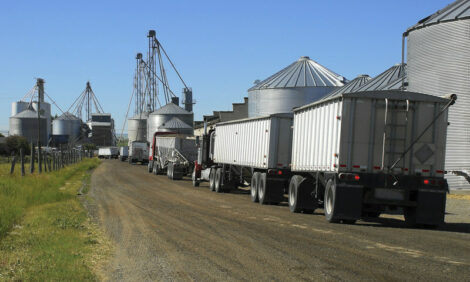



Animal health challenges for the Bulgarian pork
The latest EC inspection of the classical swine fever eradication program in Bulgaria found a number of deficiencies and had negative conclusions.At this point it is not likely that fresh Bulgarian pork will be allowed to enter the single market after September 2007 when the current ban expires. The EC inspection report caused legislative revisions. The pork industry is struggling with a number of serious challenges - animal health issues, grain deficit, rising costs and anticipated trade restrictions.
Summary
In June, the EC conducted a comprehensive inspection of the classical swine fever eradication program in Bulgaria. Despite limited media attention to this issue, negative results from the inspection caused heated public and political debates. Some accused the European inspectors of biased attitudes and unjustified conclusions.
Pork sector development
Over the last 3 years, the pork industry has developed and progressed – the concentration, investment and commercialization increased, the swine numbers stabilized and grew (see Tables 1, 2, 3). According to the official 2006 data, pork production reached 78,000 MT or 4.2% more than in 2005, with a forecast for 79,000 MT in 2007. Thus, the pork sector accounts for more than 50% of the red meat market. The most serious challenge for the industry remained animal health issues.
Animal health issues: classical swine fever
Bulgaria stopped vaccination for classical swine fever (CSF) on January 1, 2006 as agreed with the EC. There were several outbreaks in 2006 in areas of Bourgas, Shoumen, Yambol (see BU6006) and 3 outbreaks in 2007 (2 in Shoumen area and one in Yambol). In the fall of 2006, the EC banned sales of fresh Bulgarian pork in the common market; sales were possible only for heat-treated pork products. The current ban expires in September 2007 and the recent inspection was conducted to analyze Bulgaria’s CSF status. Another such inspection is expected in September/October.
To view the rest of this report, click here.







